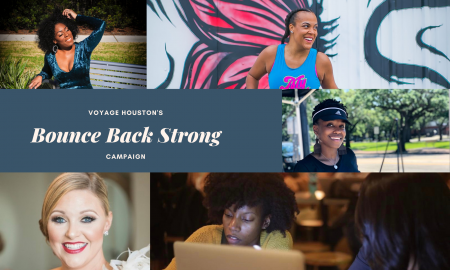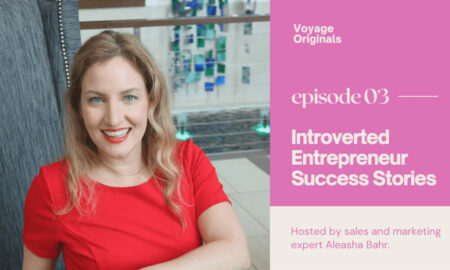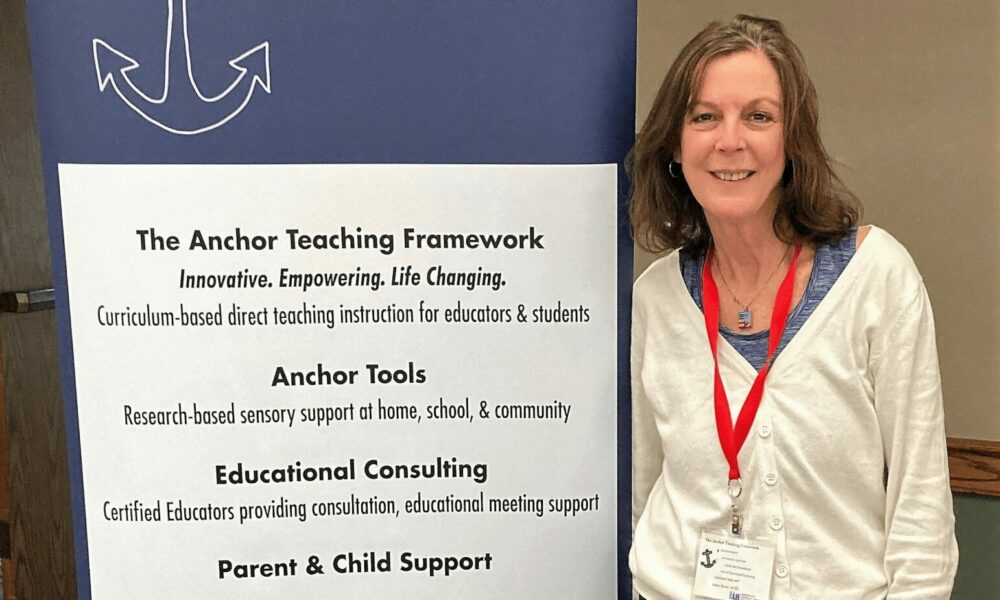

Today, we’d like to introduce you to Robin Rettie.
Hi Robin, we’d love for you to start by introducing yourself.
I am the child of two very smart parents who struggled to understand my learning challenges; they never know why I struggled due to their passing before I learned reasons for my learning differences. They are also the parents of my beloved sister, Laurie Lorraine Rettie, 1954-1969.
My story is in part Laurie’s story.
The year was 1975 when American President Gerald Ford signed an agreement to enact the very first Education of All Children Handicapped Act (Public Law 94-142), the current day referred to as the Individuals with Disabilities Education Act (IDEA). One might think America led the way by passing PL 94-142, guaranteeing the right to free public education for handicapped students, but that is not factual.
In truth, Charles Michel L’Epeé founded the first public school for people with disabilities in France using the first ever approach to teach phonics and language to deaf and blind individuals. The first school for deaf students was established by Thomas Braidwood in 1760 in U.K., Edinburgh, followed by education for visually impaired people beginning in Edinburgh and Bristol in 1765. Institute National des Jeunes Aveugles in Paris, founded in 1784, was the first school in the world to teach blind students.
How did America establish the first-ever inclusive educational practices almost two centuries later than European countries? History shows that America was slower in specializing in educational practices to meet the needs of all American children. Spawned from the Vietnam War, civil rights awareness began emerging in America in the late 60s across all diversity groups.
An unknown occurrence, well out of proportion to the humane treatment of any human being, was new information regarding the deplorable living conditions of individuals with disabilities that had become rampant at Willowbrook State School. Located in a remote area of Staten Island, the plight of such well-deserving individuals rallied to the forefront of change due to parents’ efforts.
By 1972, momentum focused on the efforts to clean up state institutes in America was gaining traction. Collectively, parents of 5000 residents of Willowbrook School filed a class action lawsuit against the State of New York on March 17, 1972, known as New York ARC v. Rockefeller. By 1972, the country was in disbelief learning of the abusive and horrific conditions individuals lived in unchecked for years.
A significant contributing factor was Geraldo Rivera’s exposé, Willowbrook the Last Disgrace, which not only resulted in receiving the Peabody Award for Journalism but also exposed the inhumane living conditions of innocent people simply due to being born differently.
Coming up on November 29, 2025, 50 years of growth of PL 94-142 will be acknowledged. But…has growth occurred on the path of public education to meet current-day 21st-century needs? And what does Willowbrook State School have to do with my story?
I’m sure it wasn’t obstacle-free, but would you say the journey has been fairly smooth so far?
Growing up as a child undiagnosed with learning disabilities; dyslexia, and significant hearing impairment resulted in continuous self-doubt and anxiety. I began Kindergarten just after turning age 4 and was promptly placed in speech services due to what was then believed to be articulation errors.
It would not be until age 40 I learned of my dyslexia due to my youngest daughter being diagnosed with the same disorder. Pieces of my learning challenges flooded my emotions as I began to realize my learning was not due to my inability to “pay attention” and “stop daydreaming.” I accessed therapy to better understand my emotions and to learn to forgive myself for self-doubt and hatred.
In the mix of my newly found answers, I returned to teaching in 2000 after completing my Master’s Degree in Special Education. I was hired as a dyslexia teacher for special education students. The irony was profound…“Me, a teacher for students with dyslexia?” I despised school, never fitting in, and was embarrassed about being me throughout my formative school years. I repeated 4th grade, finally placing me with age-level peers, but it did not address my learning disabilities.
During my first year back in the classroom in 2000, I fell in love with my middle school students, and although I had no training in dyslexia intervention, I utilized a highly regarded program, “Romalda Spalding’s Writing Road to Reading.” Simultaneously, my daughter attended Dr. Eldo Bergman’s Family Literacy Network for a summer of intensive intervention. The child’s parent was to attend the onsite sessions to better continue intervention in the home. The combination of Writing Road to Reading and Family Literacy Network provided me with the tools the students needed.
By the end of the year, all students increased by two reading grade levels, with a few students achieving three to four levels beyond their beginning level of the school year. Surprisingly, I too improved my reading, and my daughter began reading on grade level. Due to her early intervention, the summer after first grade, she never experienced reading challenges.
What did that mean to me and the innocent students I taught?
Thanks – so, what else should our readers know about Lighthouse Learning Resources?
It meant a seed had been planted; I was not quite aware, but my path to help others with learning challenges was unfolding without any effort. I recall asking a parent of a student I supported how she knew so much about private services and options for individuals with disabilities. She commented, “By the nature of being present.”
That statement became a personal goal. By 2007 I resigned mid-school-year to become an Advocate. It was a challenge to make the change while teaching LIFE Skills at a local high school where my oldest daughter attended. My students were losing the services I knew they desperately needed, so I took a bold step forward. I was frightened and wondered: would I truly be able to speak up for my students? I wasn’t smart by any stretch of the imagination and worried often I would be found to be a fraud.
I filed three Texas Education Agency Complaints pertaining to my former students’ areas of need that were being denied services. We won all three, minus one small part of one complaint, but victory was on the side of the students. I continued immersing myself in the nature of being present.
Early on, I filed Due Process; little did I understand the serious nature of doing so. Ignorance is bliss. To my surprise, we won the case for the child; the hearing officer asked, “Ms. Rettie, why aren’t you in the classroom?” I shared how I had been and presented the reason behind my efforts. Laurie Lorraine Rettie (LLR), born September 29, 1954, died alone, abused, and neglected while residing at Willowbrook State School in 1969. Every child I was/have been privileged to teach, support, and enjoy was/is a piece of Laurie. I cannot rewrite her history, but I can help script the future of others like her.
In 2011, Lighthouse Learning Resources (LLR) was officially established in her honor. We began with a local brick-and-mortar store in Cypress, Texas. Social Skills Training and Dr. Bergman’s Family Literacy tutoring were included, along with a small retail store providing specialized learning products and disability literature. Lighthouse Learning Resources also provided parent and staff training in special education.
In 2013, I made the very difficult decision to close the doors of our location. We experienced a significant loss in our family, and only one of us was working. With two girls in college, I began working at The Monarch School while continuing to consult and train on the side. I found my community at Monarch. A shared understanding and learning philosophy assured me I was on the right track with Lighthouse Learning Resources.
Flash ahead to 2024, Lighthouse Learning Resources continues to grow exponentially. Much of our work is online; Educational Consulting with families will always be LLR’s number one priority. No one helped my mother and sister. Had a consulting company been available and all handicapped children had the right to an appropriate education, Laurie would be alive today.
We’d love to hear what you think about risk-taking.
I am taking a risk sharing my opinions.
American schools have not kept up with 21st-century needs, continued operating systems based on a farming school year with significant changes in classroom sit and learn parameters do not fit our neurodiverse movers and thinkers of today. The exceptional growth of science pertaining to neuroscience – the body and brain interactions related to our children of modern-day learners substantiates that the old system no longer serves our children appropriately.
The onset of public education organized around family farming needs, which included a great deal of body movement and physical work before and after school, was an appropriate structure. Many walked to school until bus service began in 1925 for very few regions in the US. With the exceptional growth of student enrollment, transportation by yellow school buses became more accessible throughout American schools. Children began sitting still more often, and the rigor of teaching and testing emerged as a valuable unit of measure for student growth, albeit in academics only.
Children with specialized educational and social needs increased quickly, beginning in 1975 with the passing of PL 94-142. In 1976- 1977, the number of students served in special education was 3.6 million. By 2022-23, the number of special education students served increased to almost 7.3 million. Currently, special education serves approximately 15 – 17 percent of the total student population across the country, which is an increase of nearly double what it was in the late 1970s.
What does the information shared have to do with “risk-taking?” Lighthouse Learning Resources is a positive force for change in America’s school system, and our current focus is on Texas. It is rarely easy or comfortable to speak out against any system, especially a system that utilizes rudimentary measures to teach and test, such as demonstrated in our current day defunct educational system. LLR must be respectfully vocal and present to bring about much-needed positive changes.
Many current-day children do not eat or exercise well, are fanatical about technology (gaming – now considered an addiction, and social media platforms), are behind in reading – even prior to COVID – two-thirds of US students were not reading on grade level, many arrive at school tired, some are either under or overweight, social skills are lacking due to social media influences, brains are buried in technology rather than learning, easy accessibility to smoking options (e-cigarettes, vaping, weed, cigarettes), and phone access all day while in a learning environment… the public school system has created an environment that is scrambling to educate American children. All the while, leaving far too much to do to support children’s learning to too few educators who are overworked, ill-equipped to handle the behavior that is rapidly changing, and are criticized for the efforts they put forth.
Mass shootings from 1997 – 2024 have risen exponentially, with 32 shootings during the 1997 – 1998 school year to a significant increase of 338 during the 2021/2022 school year. From 1997 – 2022, 1435 students and educators combined were shot and killed. The hard facts are concerning, and LLR is witnessing a significant increase in student arrests, as young as age 10.
We witness criminalizing children’s behavior rather than teaching appropriate social responses. There are far too many mundane work assignments that require very little creative thinking and project-based learning that include the movement needed of all humans. Daily demands placed on children to stay seated have increased, along with rapid progress demands placed on educators to push for all students to pass state assessments for accountability ratings.
The antiquated system of American public education is losing far too many children and quality educators.
Theodore Sizer’s book, Horace’s Compromise, published in 1984, has driven LLR’s focus on the simplest educational philosophy: less is more and that relationships matter most. LLR will continue to take risks to support our children, our educators, and our future. We gladly take risks every day while navigating choppy waters in the ever-changing swirling vortex of public education.
Our risk-taking practices included years of monitoring and reviewing data to best identify what is desperately needed in US school systems; a safe place for learning all aspects of life – social, emotional, and academic skills. Lighthouse Learning Resources provides educational consultants who are certified educators who have been affected by a family member who requires special needs. Having firsthand experiences in the classroom and family needs allows our Consultants to maintain a level of respect to build relationships between the school and parents to bring about change.
Currently, we provide online training for parents and children in three areas anchored in neuroscience: Calming Kit, Employment Kit, and Kit-n-Kaboodle Let Your Kid Doodle. Training provides evidence-based strategies pertaining to neuroscience and a kit with socially acceptable anchor tools to support remaining calm. Parents are provided a manual and preparation strategies prior to the online training to prepare both parent and child for the training. Every kit begins with a simple task of self-discovery into the human sensory systems as a segue into learning more complex aspects of the human peripheral and central nervous system, as well as the limbic system.
In addition, LLR provides an Officer’s Kit and training by providing an in-depth discovery into human behavior to increase the likelihood that every officer and suspect in need remains safe during demanding situations.
Unfortunately, Lighthouse Learning Resources is not able to do enough. We cannot do it one small step at a time. It will take a paradigm shift of magnitudinal proportion. We are a mere dingy on a vast ocean of rough waters.
21st Century educators need to be safe and valued for their risk-taking. Current public-school behavioral management practices provide evidence-based strategies but do not offer needed in-depth discovery into human behavior, the science of behavior that all children should be taught. Lighthouse Learning Resources has established a comprehensive curriculum, The Anchor Teaching Framework, that shifts from educators managing the behavior of students to the student’s taking ownership of their behavior.
A key factor is that if one is to make needed changes, one must know what to change; name it to tame it! The Anchor Teaching Framework teaches HOW the human systems work, WHY human systems work as they do, and most importantly, HOW to redirect behavioral responses to environmental triggers.
Lighthouse Learning Resources’ goal is to change current Texas Education Science/Health scope and sequence teaching practices to reflect and teach scientific evidence regarding the fascinating human systems – neuroscience that has been and continues to be discovered well over two decades. Behavior is complex, but research supports behavior can be redirected, knowing HOW is manifestation of change for a lifetime.
The American school system must change to meet current-day demands. Just as 5000 parents of Willowbrook State School residents took a risk in 1972 to secure needed change, so too is Lighthouse Learning Resources in the 21st Century. Laurie Lorraine Rettie is the guiding light in LLR’s risk-taking efforts by the nature of being present, we will collectively make changes to keep our students and educators safe.
America must rise to the challenges. It can be done.
My life’s story is a vessel for change; trusting science as an anchor to better understand my behavior and learning challenges allowed me to emerge from self-doubt and hatred to loving and understanding that everyone is entitled to feel safe and valued.
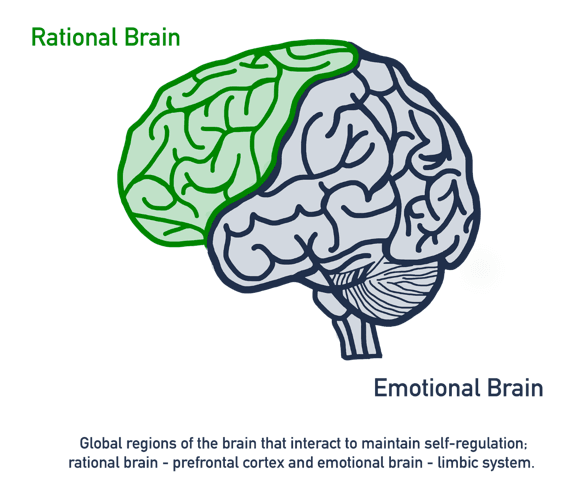
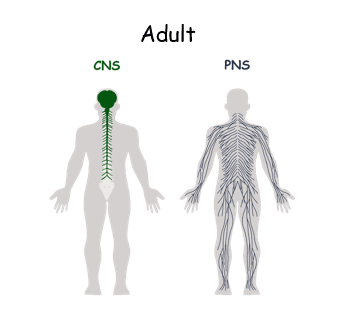

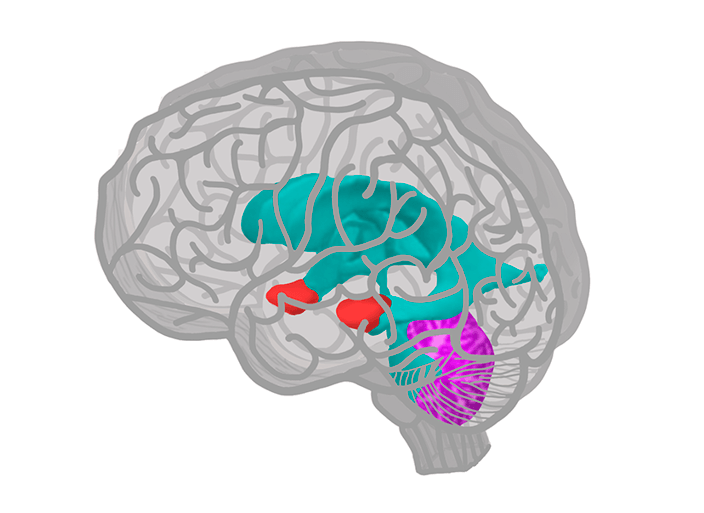
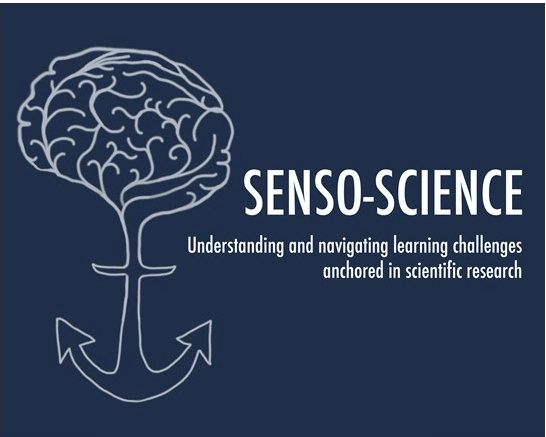


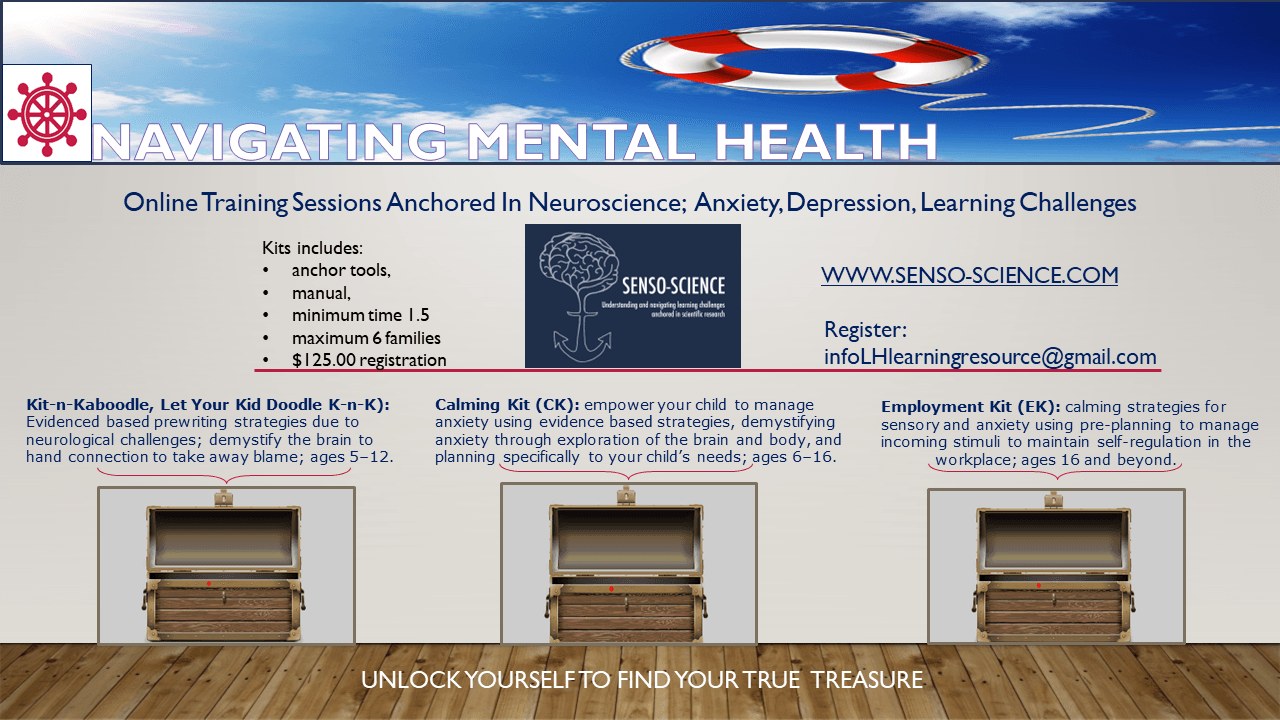 Image Credits
Image Credits
Lighthouse Learning Resources


